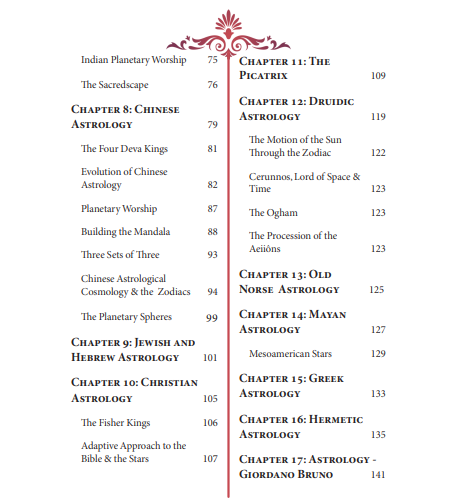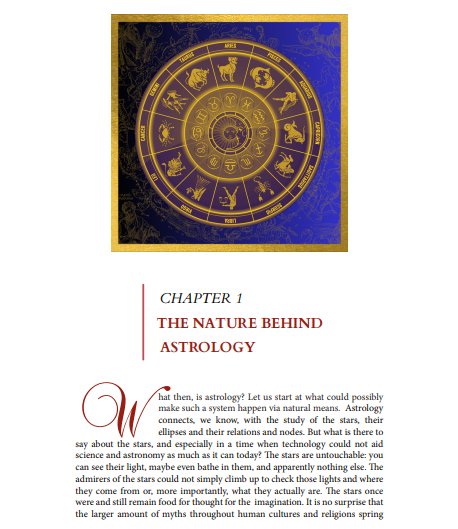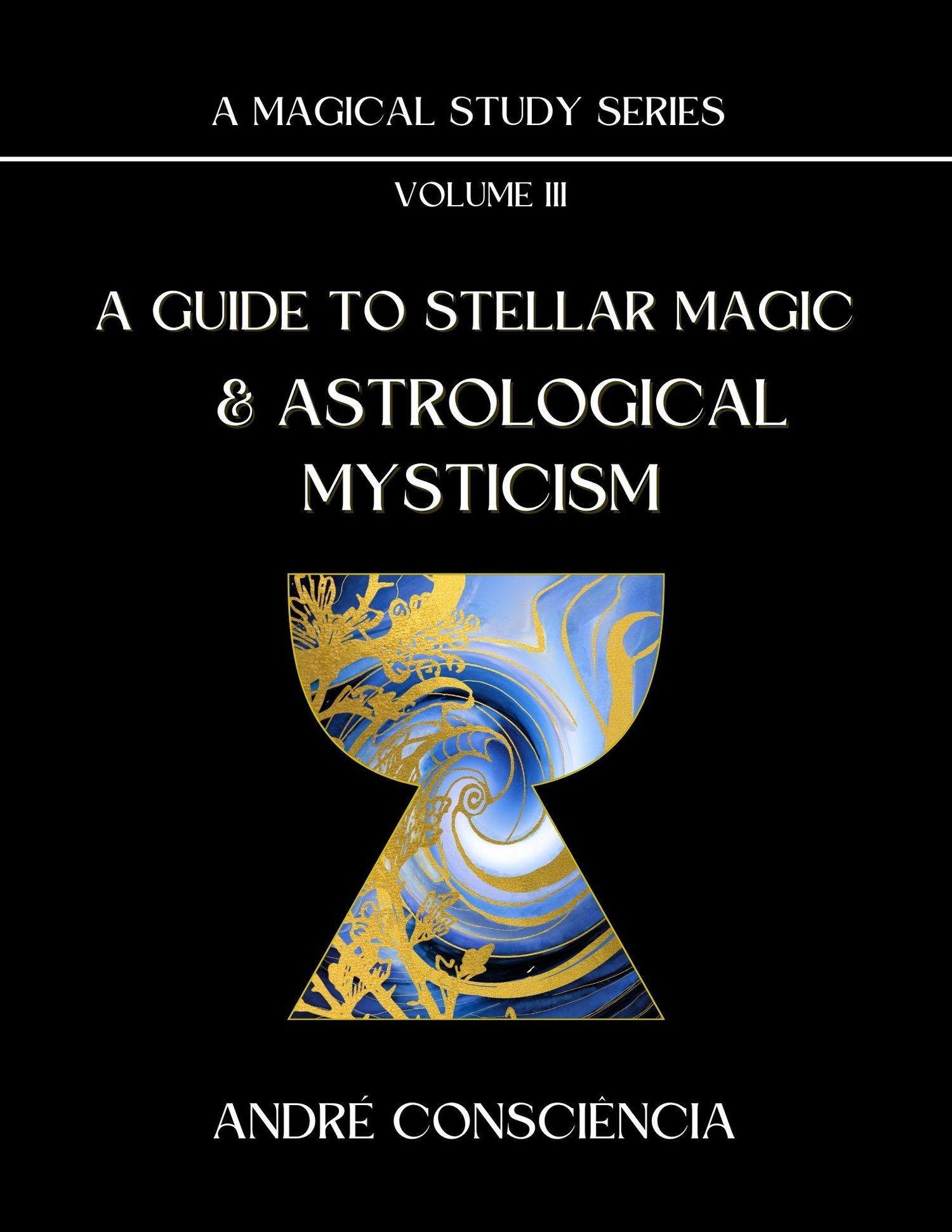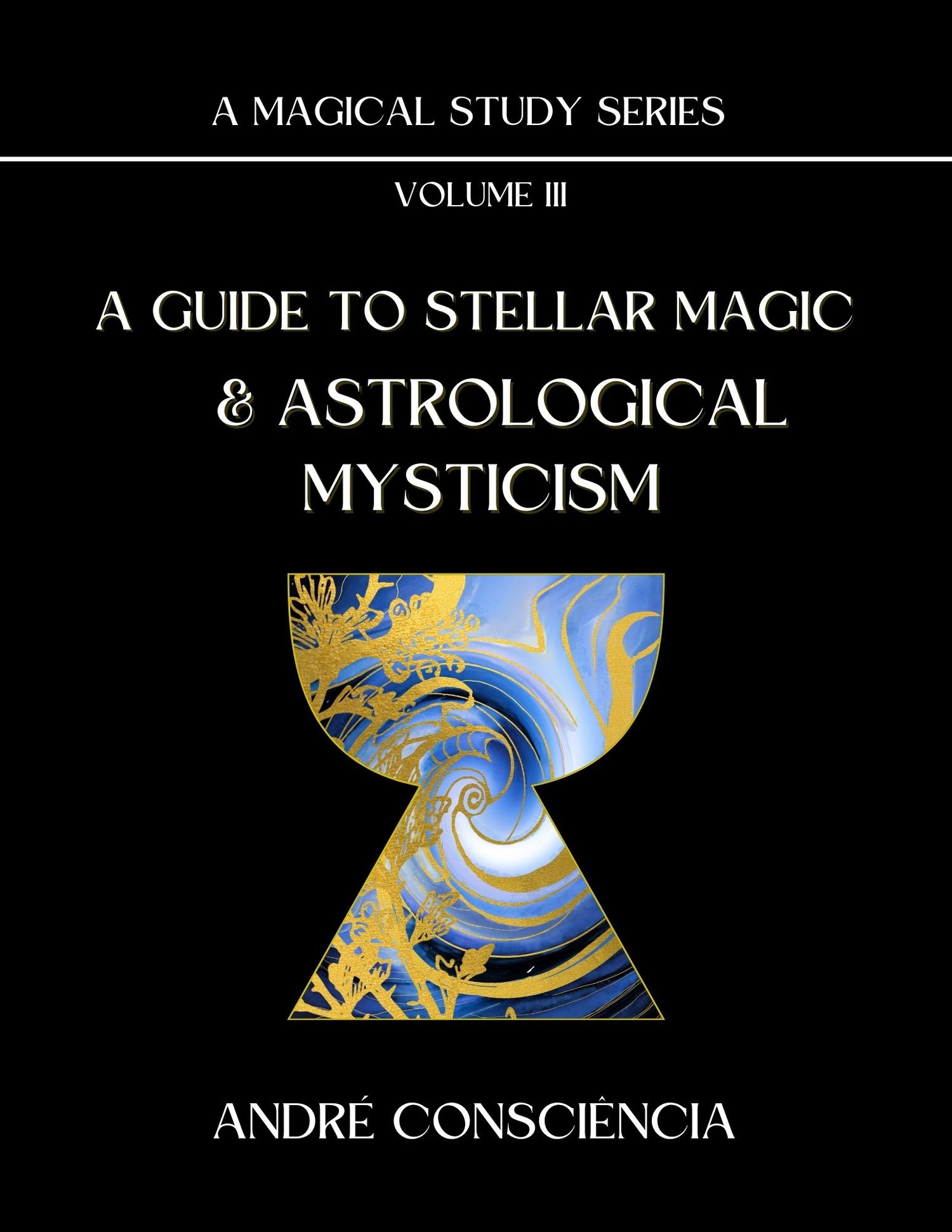What then, is astrology? Let us start at what could possibly make such a system happen via natural means. Astrology connects, we know, with the study of the stars, their ellipses and their relations and nodes. But what is there to say about the stars, and especially in a time when technology could not aid science and astronomy as much as it can today? The stars are untouchable: you can see their light, maybe even bathe in them, and apparently nothing else. The admirers of the stars could not simply climb up to check those lights and where they come from or, more importantly, what they actually are. The stars once were and still remain food for thought for the imagination. It is no surprise that the larger amount of myths throughout human cultures and religions spring from the observation of the sky, and when such myths start to relate among themselves, they start to form a mythology. Mythology explores the logic and patterns with which myths interact, and astrology explores the logic behind the patterns formed by the stars (formations) in their exchange. If it would stop here, it would still be astronomy, but both mythology and astrology proceed to create a parallelism between the object of study and psychological or nervous phenomena and worldly events.
It is known our brains are hardwired to identify patterns. I remember a case of pseudoscience where it is stated that due to the human brain being prepared since its non verbal stages to identify the patterns of faces, it identifies faces or identities by mistake in things that shape similar patterns to actual faces. It seems more reasonable to me, starting with that same premise, to state that we, being hardwired to work our perception with patterns, are to thrive on the subjective. And if it is the function of our brains to identify faces (one should understand by face, identity), who is to say this organ is not doing its proper job when we see the gods and goddesses in, for instance, the stars? We shall thereby move from a biased objectivity to an unbiased subjectivity, and therefore arrive at the possibility of animism, the worldview where all shapes are alive and intelligent, with a myriad of things to communicate or listen to.
Animism is the first known form of religiosity, and it prospers in magic. But the stars might also have fed the first muses of mysticism, for the hungering human, thirsty for mystery, cannot go up to them except by the transcendence of his own senses and faculties. I, for one, can taste, sense, smell and hear the music of every single one of the celestial torches I can grasp, and then I am not myself but the shining light that extends. In history, we have Sumerian records of a catalog of omens, patterns that form in the hands or in the liver and that indicate such and such effect (such and such illness and demon). Likewise, the stars, being gods, were by Mesopotamia examined in exactly the same way (starting by the eclipses), by the correspondence between observed pattern and observed phenomena. This methodology, in its root, is found in all branches of astrology, but astrology is not exact and terms and calculations vary with geography, which is to be expected, and with culture. Is there, then, not a unified and true beyond doubt form of astrology? To answer this question, we will keep watch until Balachman arrives to journey with us.












